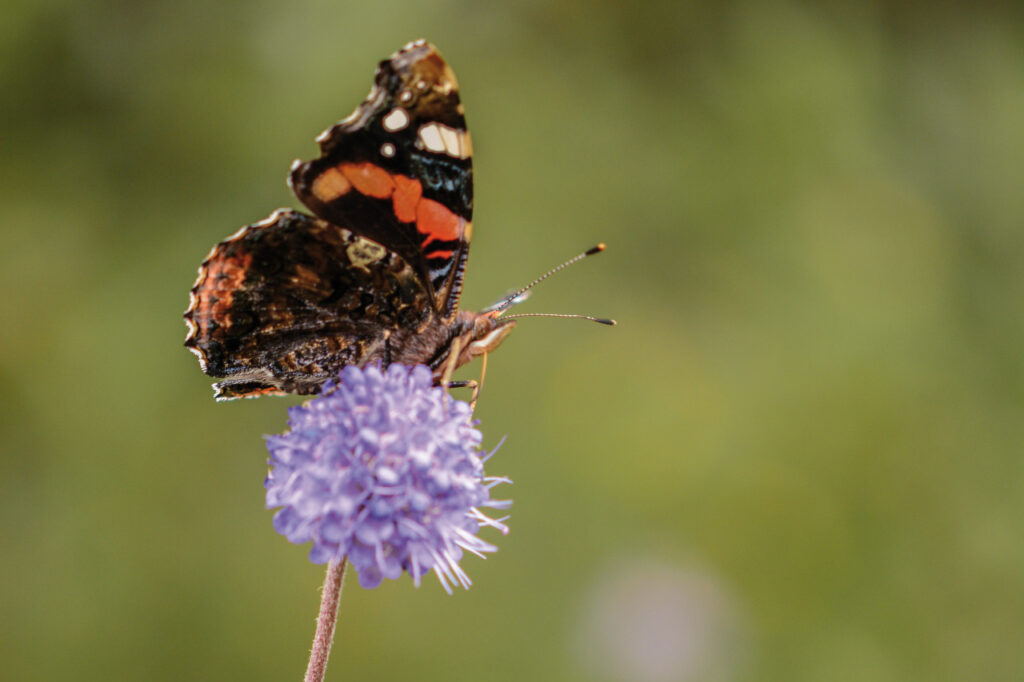[LUM#6] On the butterfly trail
Endangered animal species include not only tigers and rhinoceroses. Two student associations have decided to come to the rescue of the small fauna: called the "butterfly route", their initiative shines with simplicity.

What if butterflies were to disappear? In 2013, alerted by alarming publications(see box), the association Étudiants pour un développement durable associatif(EDDA) discovered that these indispensable pollinators were under serious threat from human activities. Climate change, pesticides, conversion of meadows to farmland, increasing fires and tourism development could well banish these delicate winged flowers from our landscapes.
Fragile migrants
Some of them are migratory: coming from the distant coasts of Africa, they have always flown on the wing of the prevailing winds that carry them across the Strait of Gibraltar to northern Europe. Today, however, they face almost insurmountable obstacles: cities, freeways and parking lots are fragmenting their populations, destroying their habitat and depriving them of certain vital plants.
How can we help butterflies? The idea is simple: to set up gardens in every town where butterflies can find shelter and the plants they need to survive. To set up this network, known as the "butterfly route", EDDA has joined forces with Montpellier's Jardin des Plantes and another association: the Gnaum naturalists.1. The result: a first garden created in Montpellier in February 2014. Three others have since been set up in the heart of the city. They feature butterflies' favorite plants: lavender, thyme, thistle, mallow and nettle.
Miniature oases
By sowing these plants, which have become rare in the city, a whole network of life is recreated in a very short space of time: migratory or local butterflies reappear, as do ants, aphids, ladybugs and bees ..." enthuses Aymeric Brissaud, president of the Gnaum. Many city dwellers are unaware of this, but the city can be rich in biodiversity, just waiting to flourish. The 'butterfly route' will benefit many endangered insects .
We have set up a scientific protocol to monitor our approach. Our aim now is to spread it throughout Europe ". The project's latest development: offering every city dweller the chance to hang their own planter on their balcony, made from recycled pallet wood. This network of micro-gardens is very useful for the small fauna living in our cities, but it also has another aim: to raise awareness among the general public. And to involve them in an adventure that will only reach its goal if miniature oases blossom everywhere.
A worrying decline
Back in 2012, a report by the European Environment Agency (EEA) stated that half of all butterflies had disappeared from European meadows in 20 years. A trend confirmed by a recent study by the International Union for Conservation of Nature (IUCN): : 19 species of Mediterranean butterflies are threatened with extinction, 15 of which are endemic to the region.
(The status and distribution of Mediterranean butterflies, IUCN, 2016)
UM podcasts are now available on your favorite platforms (Spotify, Deezer, Apple podcasts, Amazon Music...).
- Naturalist Group of the University of Montpellier ︎